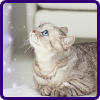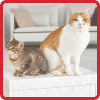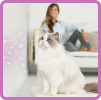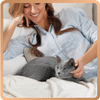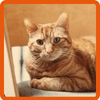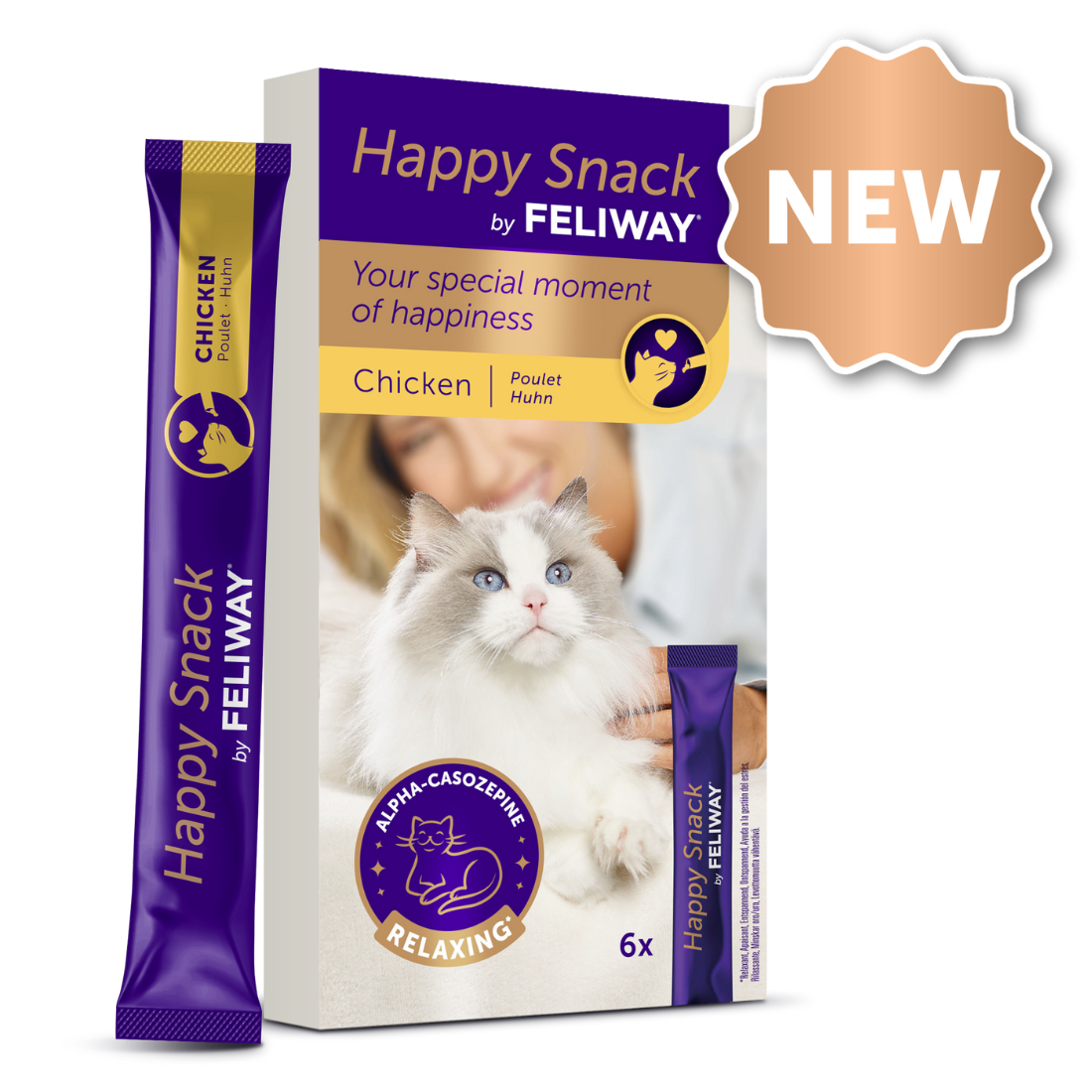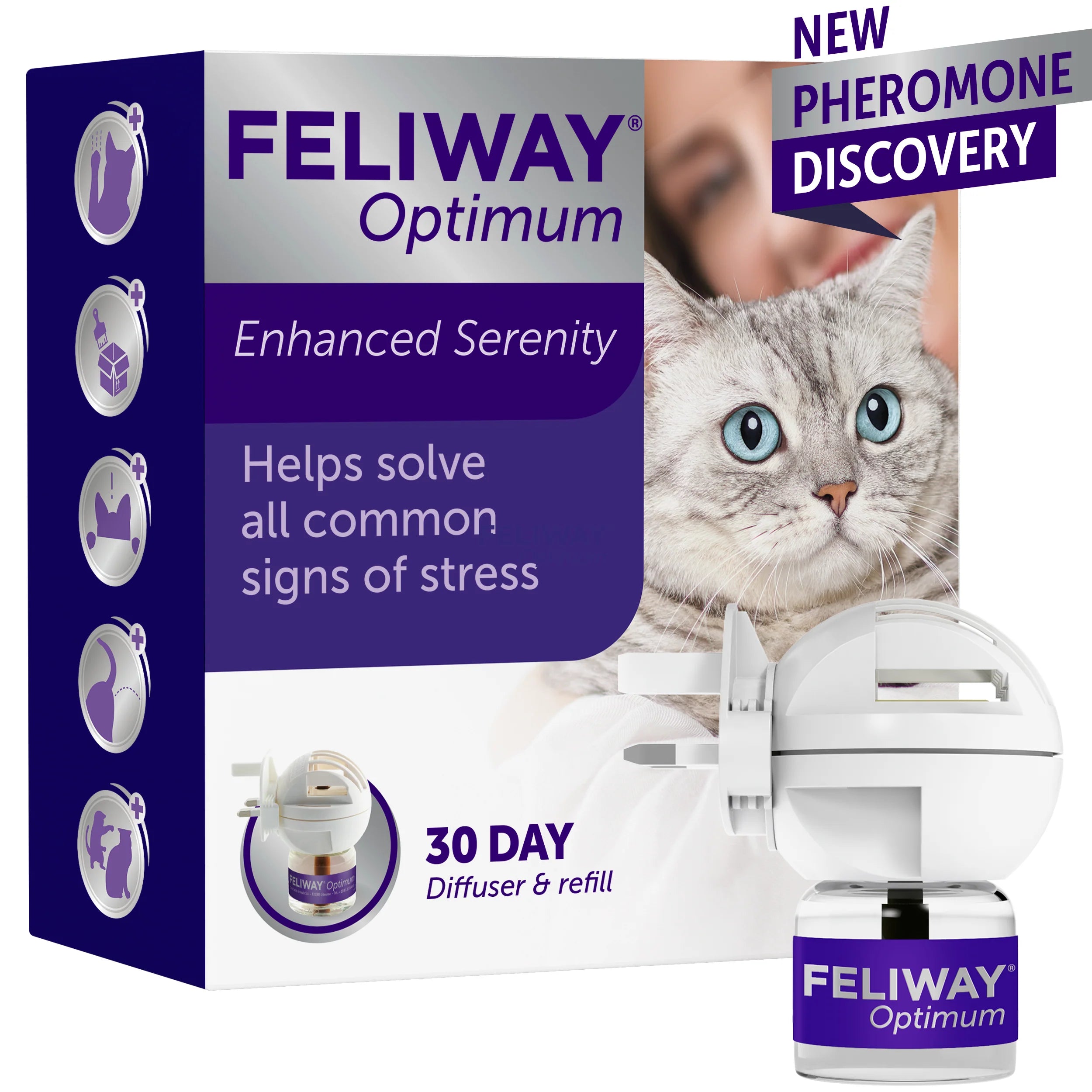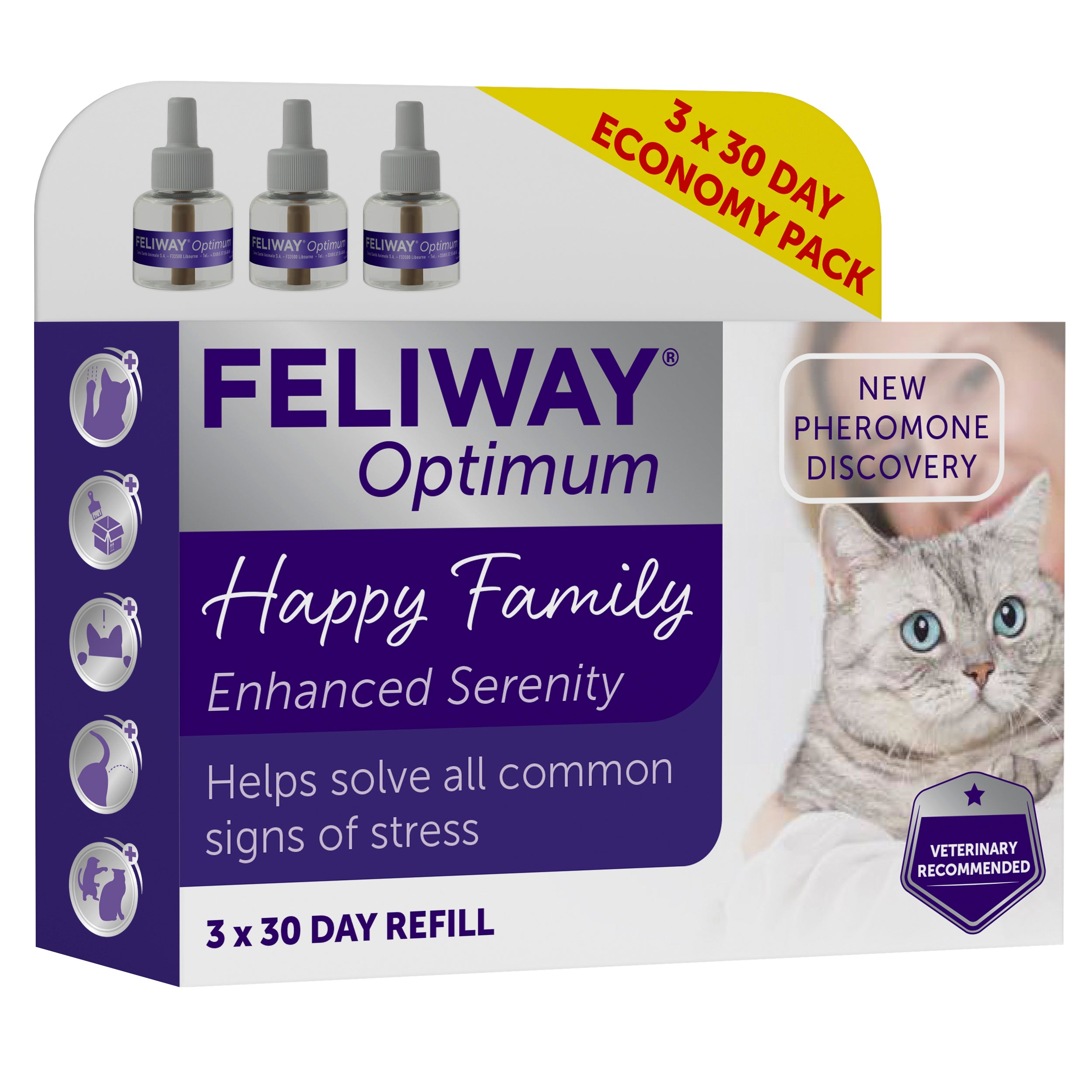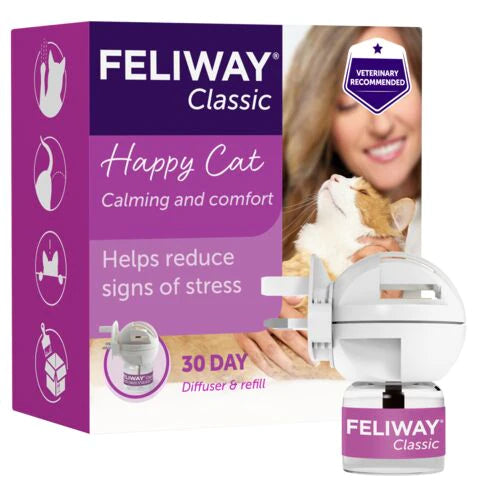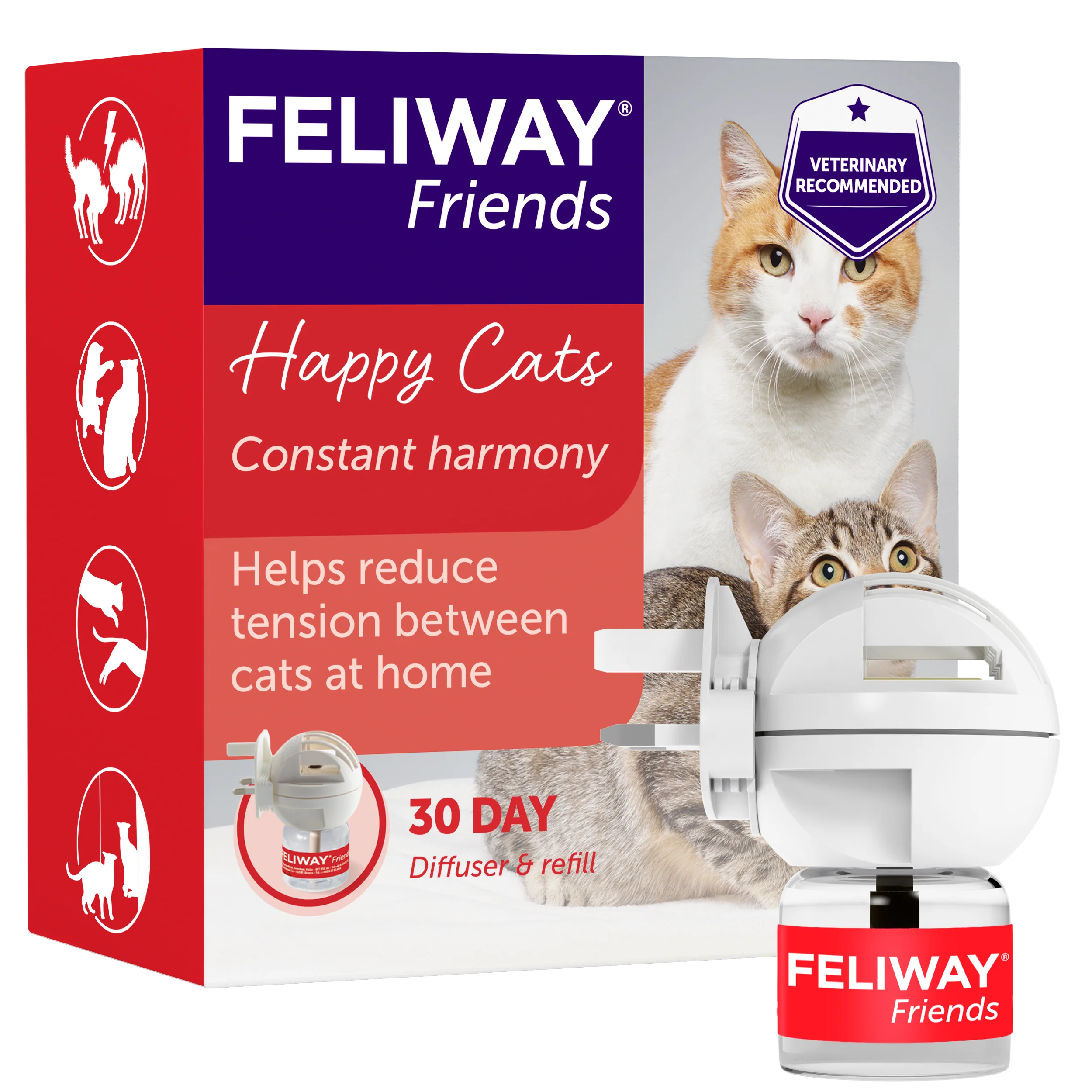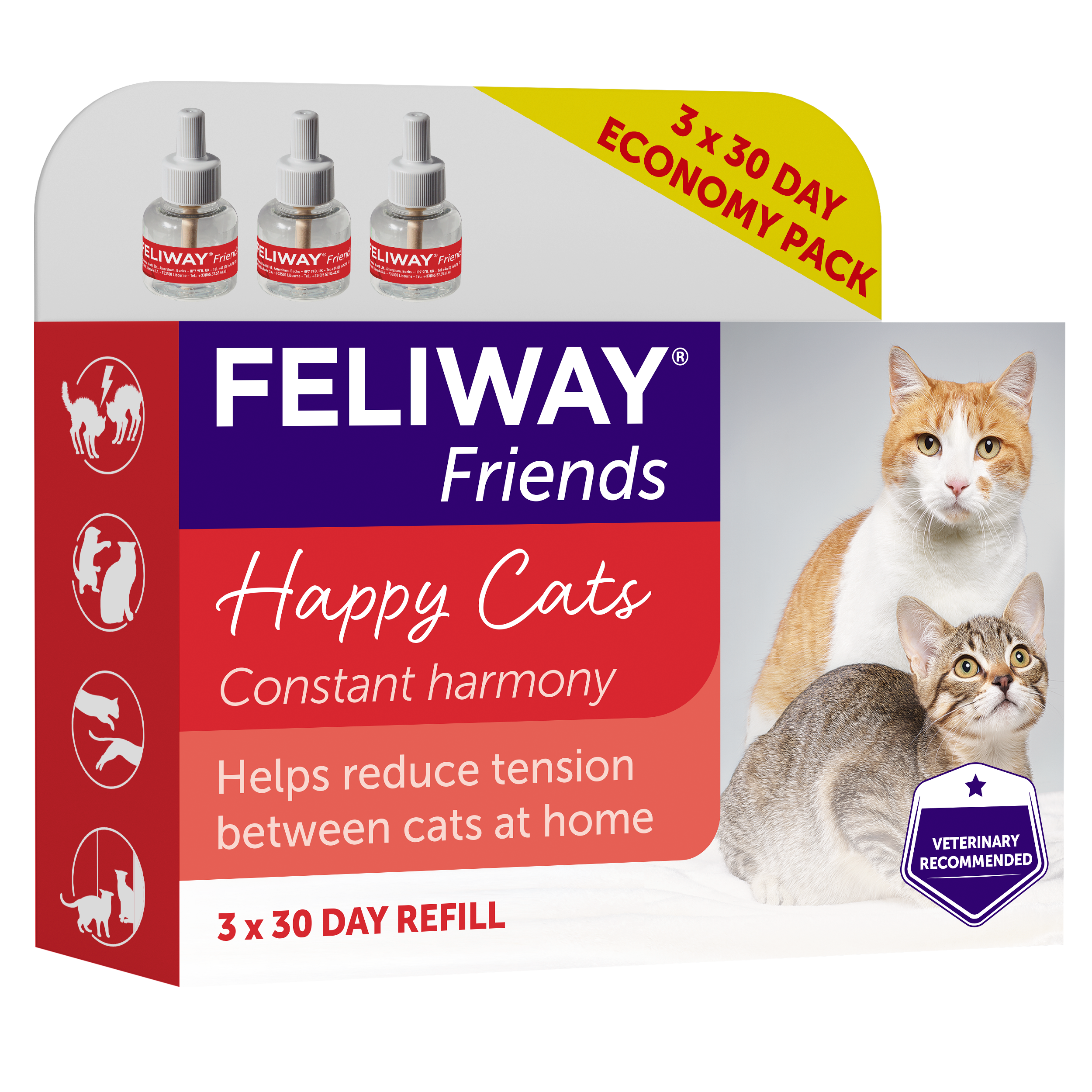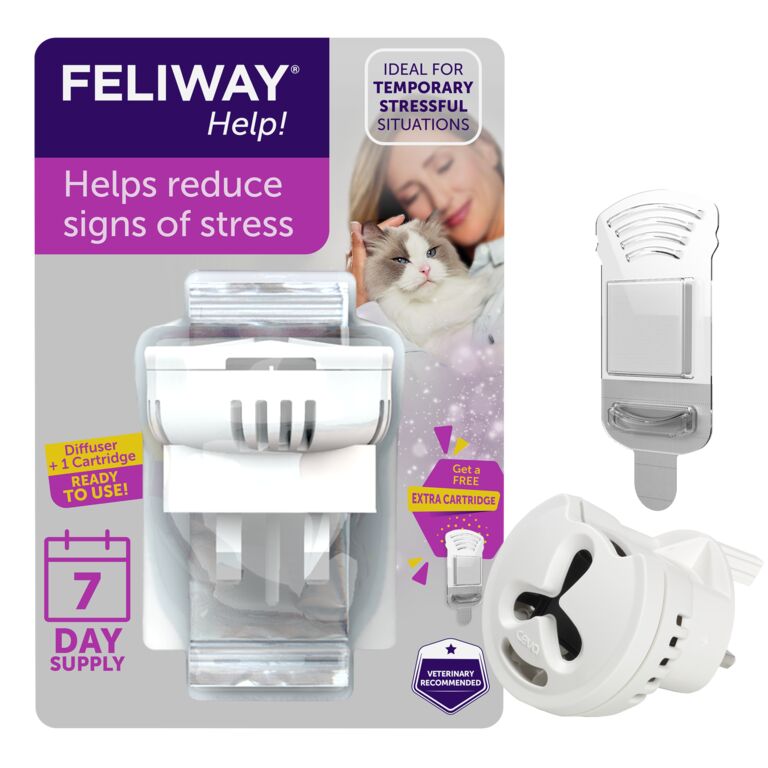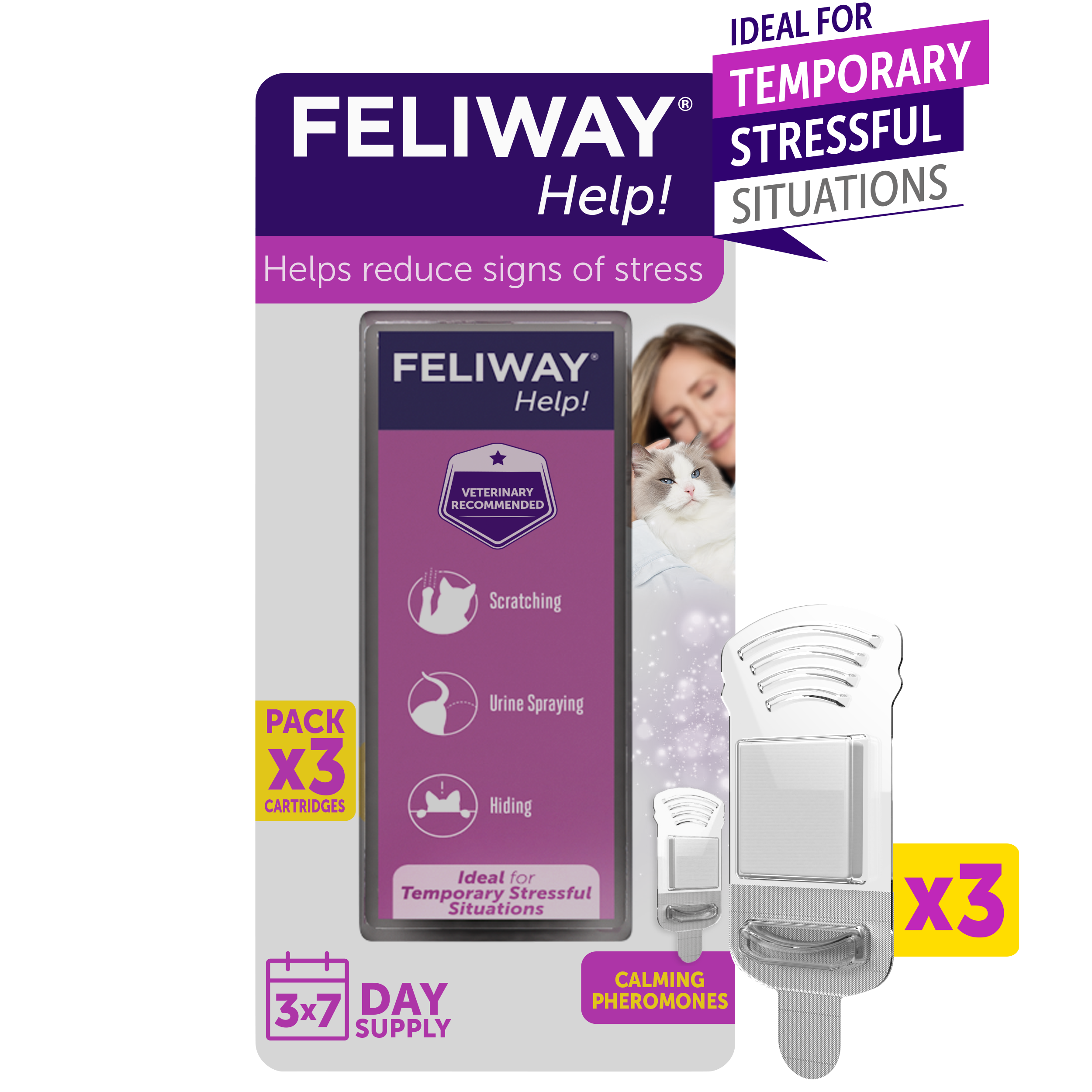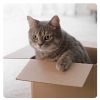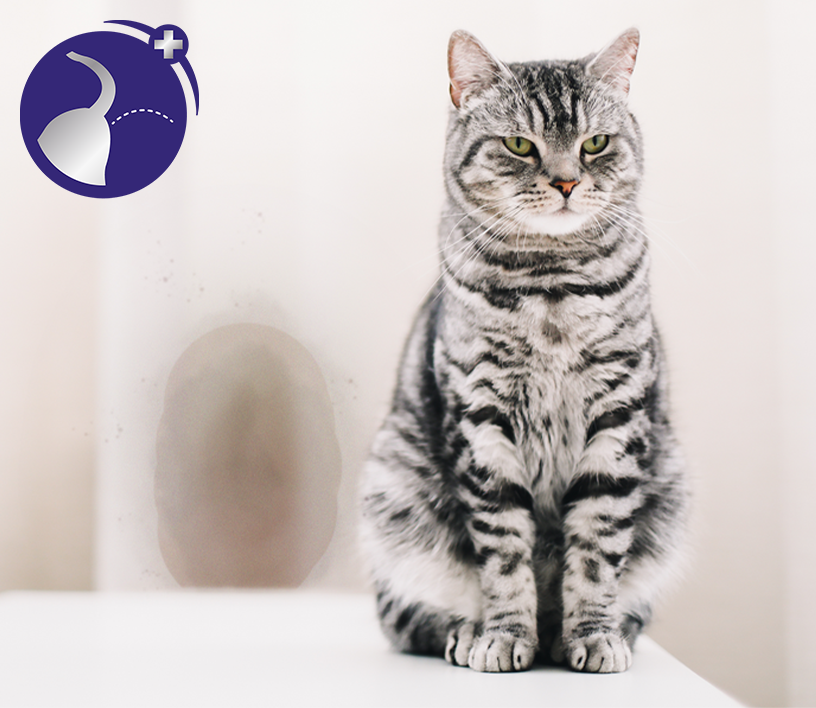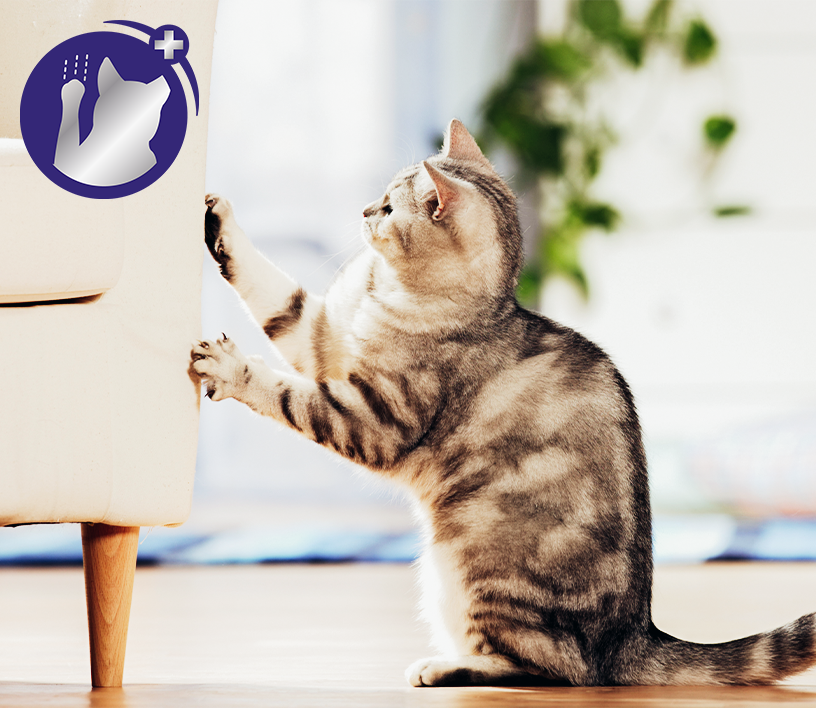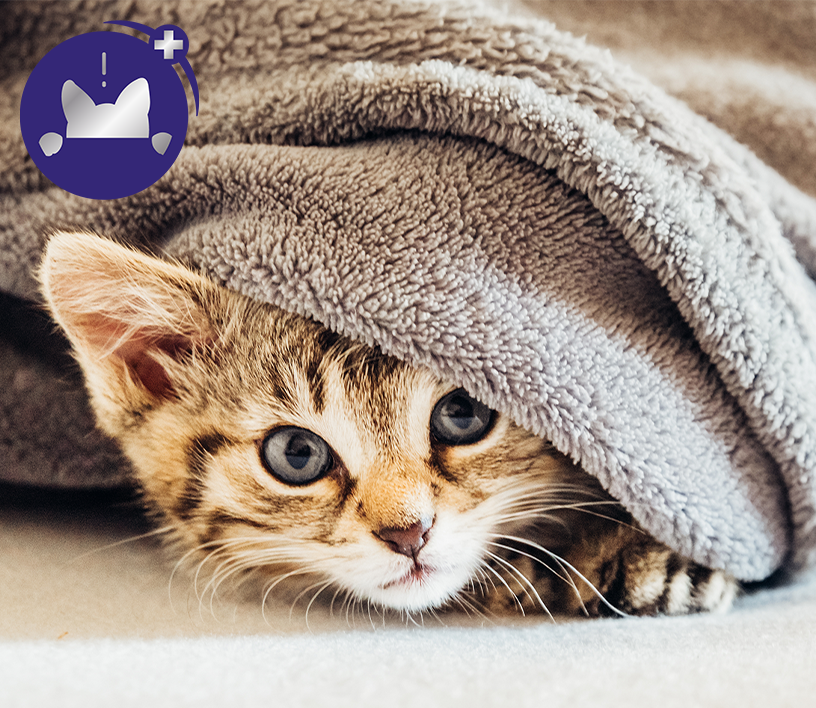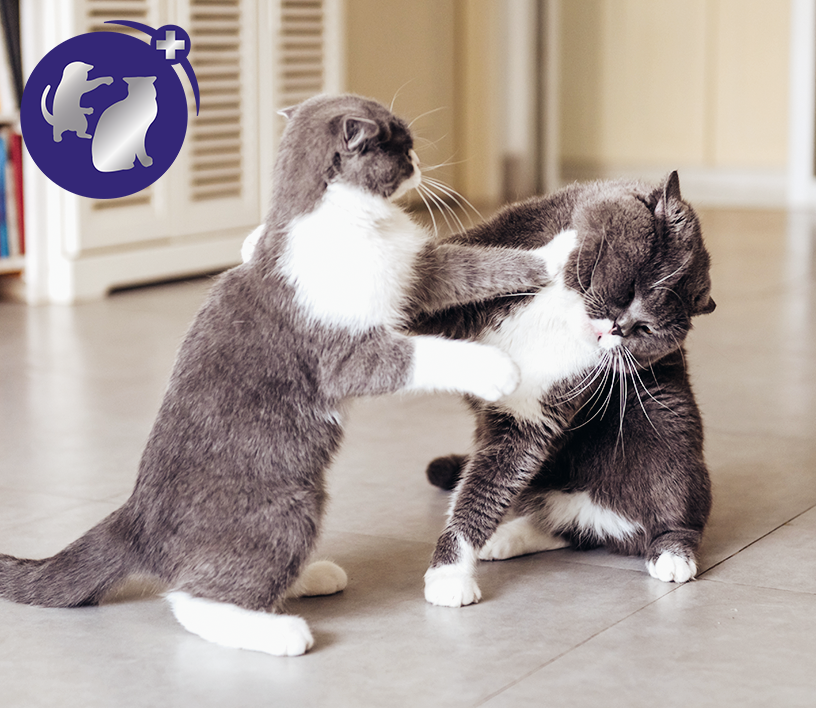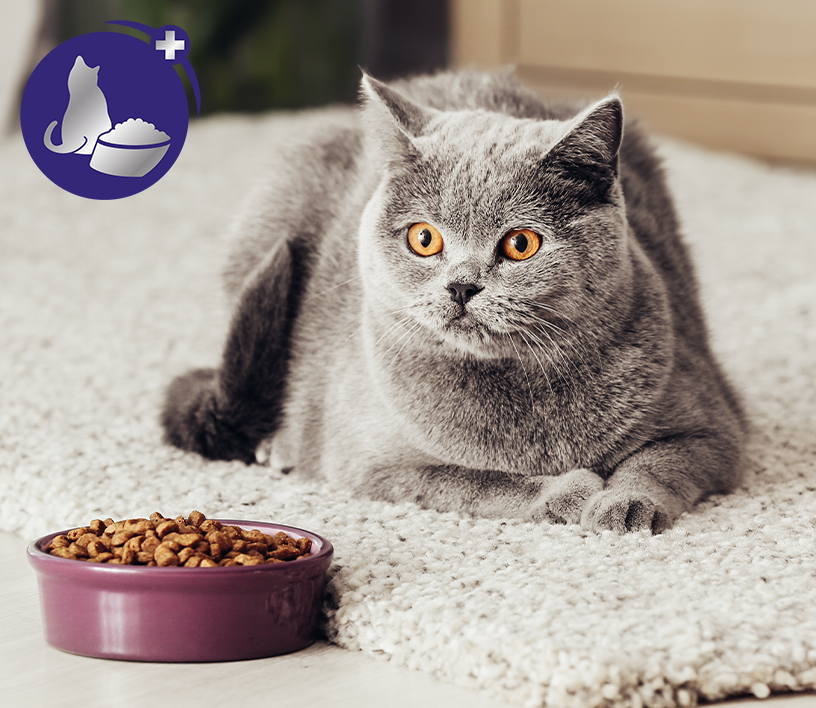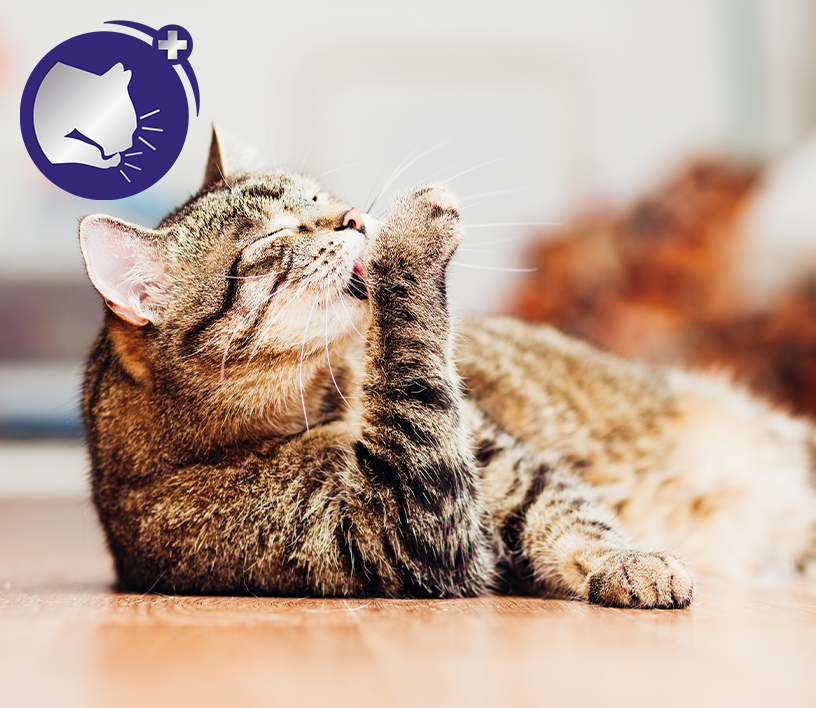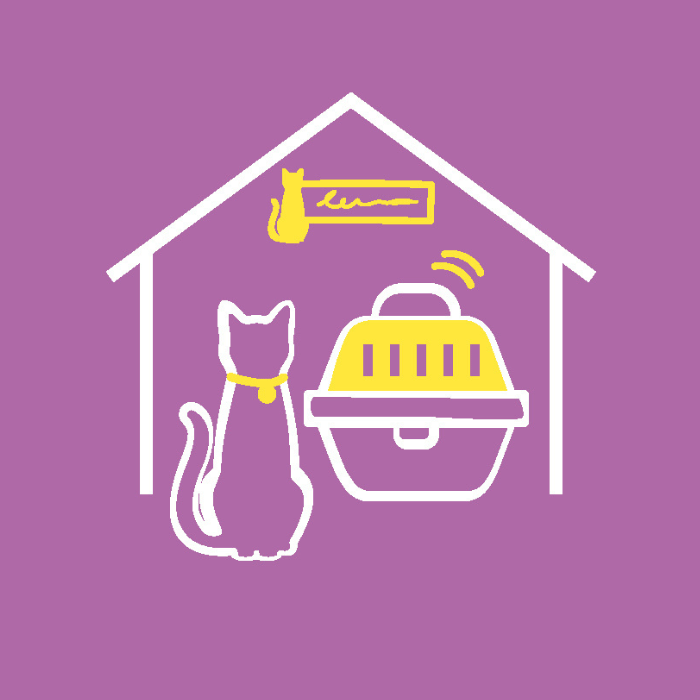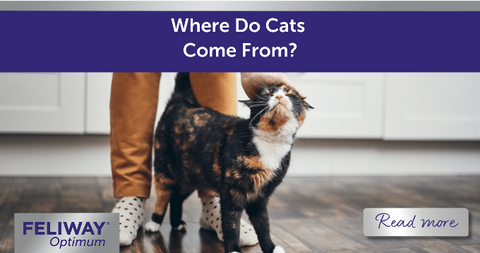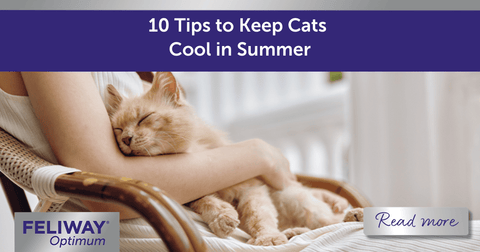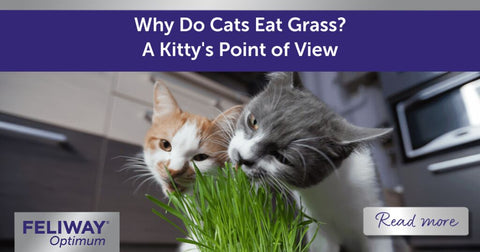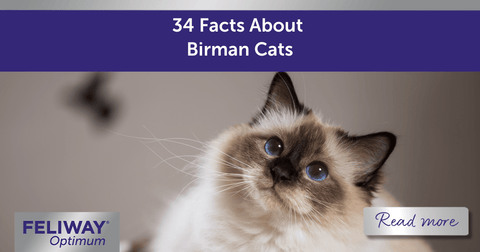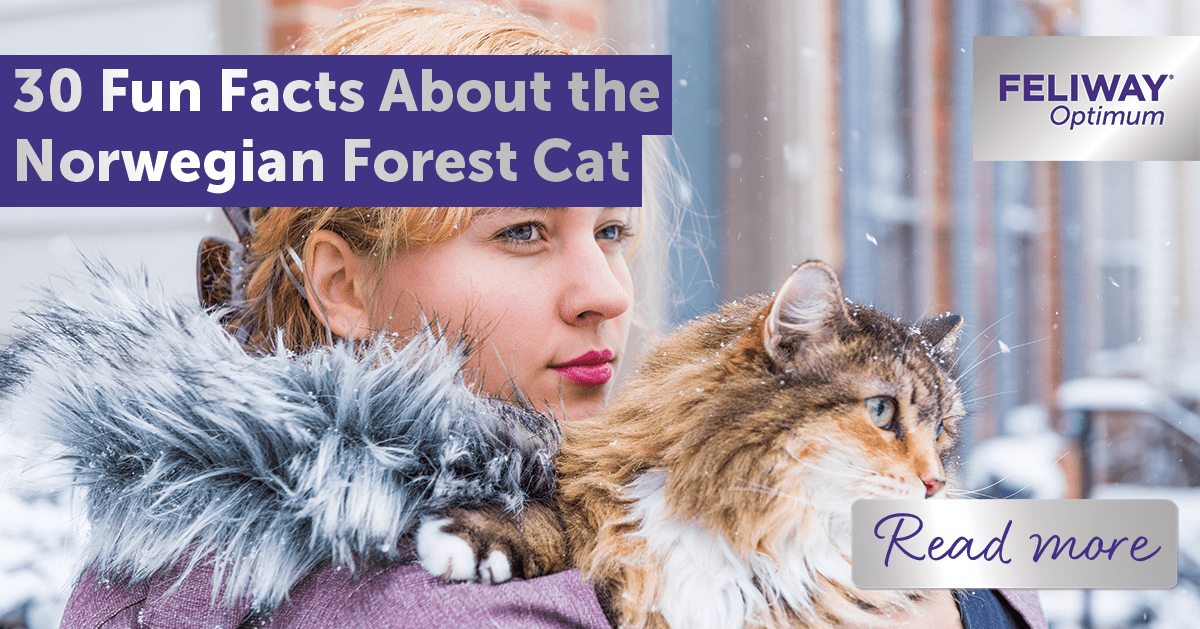
30 Fun Facts About the Norwegian Forest Cat
This fabulous feline with a thick double-layered coat, and tufted ears and toes will be happy snuggling up beside you – just not on your lap.
The Norwegian Forest Cat is independent but affectionate, curious, good tempered and playful – making it a great companion for family members of all ages. Their even temperament also means that they will get along well with other cats, and dogs too, as long as you follow the golden rule of introducing them gradually. But remember that, like humans, all cats are different and some may take longer to socialise than others.
30 Fun Facts About the Norwegian Forest Cat
In history
The Norwegian Forest Cat has a fascinating, if not altogether verified, history:
- In mythology, the Norse goddess Freyja’s golden chariot was said to be pulled by 2 large forest cats during her daily rounds across the sky.
- It is believed that the Norwegian Forest Cat dates back to the 16th Century.
- It is also thought they could be related to black-and-white short-haired cats from Great Britain.
- The Vikings were said to have used them to catch mice on their ships.
- In their native land of Norway, they are called Norsk Skogkatt (forest cat) – a huge cat which lives in the mountains with amazing climbing skills. They are known for climbing sheer cliff faces.
- By the turn of the 20th century, the breed nearly became extinct due to its indiscriminate cross-breeding with other cats (such as domestic shorthairs).
- An official breeding programme saved the breed and in 1938 Norway’s King Olav V decreed the Norwegian Forest Cat the national cat breed of Norway.
- They were first shown in Oslo, Norway in 1938 before WWII.
- Their popularity spread throughout Scandinavia where they are known as “Wegies” (short for ‘Norwegian’).
- They were first imported into the USA in 1979 and were then accepted for championship status by The International Cat Association in 1984.
- The Cat Fanciers Association accepted the Norwegian Forest Cat for full championship status in 1993.
Their appearance
- The Norwegian Forest cat has a thick double-layered coat which keeps them warm in cold climates; it also repels water which makes them waterproof too!
- With a ruff around the neck and tufted ears and toes, they are naturally well protected from cold, wintry weather.
- Although the most common colour of a Norwegian Forest Cat is tabby and white, they do come in a variety of colours and patterns: White, Black, Blue, Red, Cream, Silver, Golden. However, there are a few colours – chocolate, sable, lilac and cinnamon, fawn, amber/light amber – that are not recognised by the GCCF breed standard.
- This cat’s long, fluffy coat can also have solid, bicolour, tortoiseshell, calico, and tabby fur patterns.
- Some experts are of the opinion that Maine Coons are actually descendants of the Norwegian Forest Cat because they have similar traits – for example, they are both large breeds with long fluffy coats that keep them protected from extreme weather conditions, and they have tufts in their ears and paws. Both breeds don’t reach their full size until they are about 4-5 years old.
- Compared to other domestic breeds, the Norwegian Forest Cat has slightly longer hind legs, and with their larger paws, they are able to spread their weight more evenly which not only allows them to walk across snow without sinking, but this also makes them talented climbers. Just like a squirrel, the Norwegian Forest Cat can climb down a tree head-first!
Their character and temperament
- The Norwegian Forest Cat makes a great family pet; they are affectionate and form strong bonds with all family members.
- They are curious, easy going and playful cats by nature. Although they appreciate fun toys and are usually up for a play session, it will be on their terms.
- Although they want to be involved in family life, they are not overly keen to sit on your lap – which perhaps is a good thing, as they are a large species! Typically, the average weight of a male Norwegian Forest Cat is between around 5-7.5kg, with females typically ranging from 4-5.5kg.
- They are very independent, territorial, and do not like being picked up against their will. They can be very loving and loyal cats, but must be able to make choices on their own terms.
- Unlike some other domestic cats, the Norwegian Forest Cat will frequently make friends with visitors in the home fairly easily.
- They're well known for their loud, contented purring!
To help enhance their laidback temperament, try plugging in FELIWAY Optimum where your cat spends the most time. This will help them feel serene and comforted, no matter the changes in everyday life.
How to care for your Norwegian Forest Cat
-
Because their coat is dense, your Wegie will need regular weekly grooming to control tangles and matting.
- In the spring, they shed most of their undercoat ready for the summer season, so they require brushing more frequently during this period. They shed their coats moderately at other times of the year.
- Norwegian Forest have thick, water-resistant coats! They will spend lots of time carefully grooming themselves, but you may still need to brush them to help manage their fur. Brushing is also a great way to grow your bond.
- Regular cleaning of teeth and trimming of nails will also help to maintain a healthy lifestyle. A very sturdy cat tower for them to scratch and climb will also help keep their claws trim.
- In the wild, the Norwegian Forest Cat would live on a diet of mice, birds, frogs, slugs, moths and large insects. They get all the nutrients and moisture from their prey.
- But your domesticated Wegie will require a balanced diet to stay healthy.
- Remember they are great climbers, so make sure they have lots of places to climb and jump onto, like high up shelves and cupboards.
Health issues of a Norwegian Forest Cat to be aware of
Any cat can develop health issues during its lifetime, but some pedigree cats have known congenital issues that can be passed on. The Norwegian Forest Cat in particular is prone to hypertrophic cardiomyopathy (HCM). Speaking to the breeder of your cat when you first choose them, will help you understand their background, and any possible inherited conditions. Regular veterinary checks will also pick up any health issues that your Wegie might develop.
The Norwegian Forest Cat has a laid back, loving trait and can adapt to many situations, but if your cat shows any signs of stress, FELIWAY Optimum will help. Plugging a diffuser into the room where your Wegie spends most of their time, will help them stay serene.
